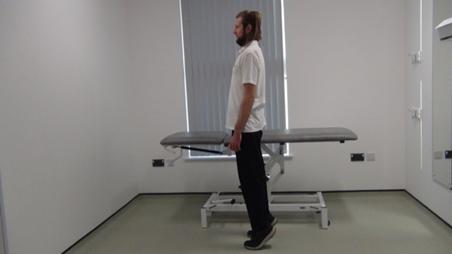Weeks 9 to 12 exercises
Advanced - standing
Each of the exercises in this plan has been designed to maintain muscle strength to support your joints and help keep you mobile.
For each exercise you will need to do just one level. Start on our foundation level, if you find it a little easy click on the intermediate and advanced exercises for a more difficult version. To make sure you are working hard enough for you to get stronger, we would like you to do the exercises until you feel like you have 1 or 2 more goes before you cannot do anymore. Don’t worry if this is only a few goes at the exercise before you get tired, this shows you are doing a great job and improving your strength. If you can do more than 12 goes at the exercise then you need to move to a more difficult version.
Keep a record of what you have done in your active wait diary and try to do 1-2 more goes at each exercise in your next session
We want you to try and complete these exercises throughout your week, preferably with a day to rest in between sessions.
Some Handy Tips:
There are some small steps you can take to reduce the chance of problems occurring when you are exercising in and around the home. Most people can exercise without speaking to a doctor first, especially if their medical condition is under control.
However, if you get any symptoms from a heart, kidney or metabolic condition you should phone your healthcare professional to check before you start.
- Prepare your exercise space by clearing away unnecessary clutter
- Keep something sturdy and solid nearby for support (for Strength and balance exercises These are specific exercises that will help you to stay strong and steady Aerobic exercise This is activity that warms you up and gets you breathing slightly harder, it will help you to stay fit and well example a kitchen work surface)
- Have a glass of water ready to sip as you exercise
- Wear well-fitting, supportive shoes that are done up, and comfortable clothing
- If you are exercising on your own, keep a telephone nearby, just in case you need it
- Set the pace, start exercise at a level that you find easy and build up gradually
- If you experience acute pain anywhere or dizziness then stop and rest
- It is common for muscles to feel a bit stiff for a few days after you have used them – this is a normal response and shows that your body is responding to the increased movement.
Exercise 1- Squats
- Stand with your legs shoulder width.
- Drop down into a squat position, keeping your chest up.
- Control the movement and push back up to the start position.
- Rest and repeat.
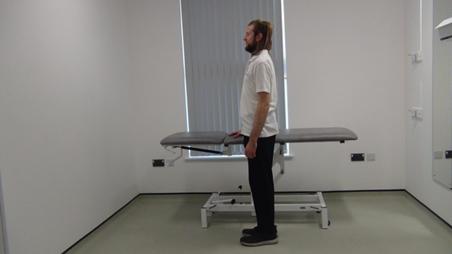
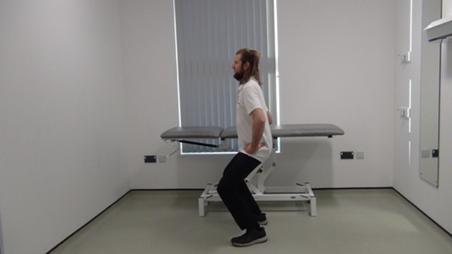
Exercise 2- Sideward Leg Lift
- Stand straight holding to a chair for support.
- Keeping your knees straight, toes pointed, back straight and looking forward, slowly bring your leg out to the side of your body.
- Slowly return to the starting position.
- Rest and repeat.
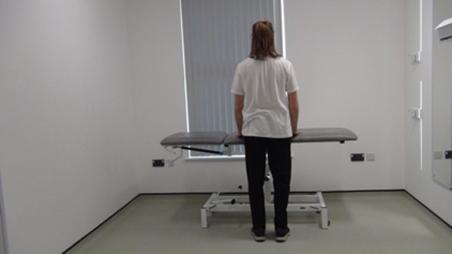
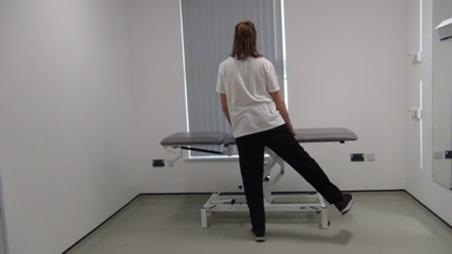
Exercise 3- Single Leg Balance
- Stand up straight with something near you to support your balance if you need to.
- Lift your leg to put all your weight through one leg.
- Balance on one leg for 15 to 30 seconds.
- Rest and repeat.
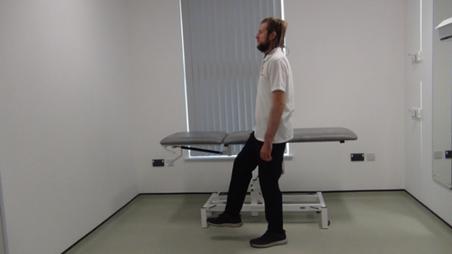
Exercise 4- Lunge
- Stand up straight with something near you to support your balance if you need to.
- Take a large step forward.
- Bend your knees, lowering your hips down while keeping your chest up.
- Push back on the forward leg to return to a standing position.
- Rest and repeat.
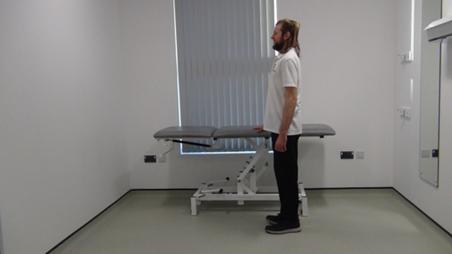
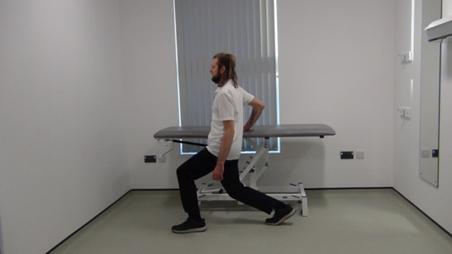
Exercise 5: Step Ups
- Stand in front of a step.
- Step onto and push up on the step with both feet.
- Step back off the step and lower down back to the start position.
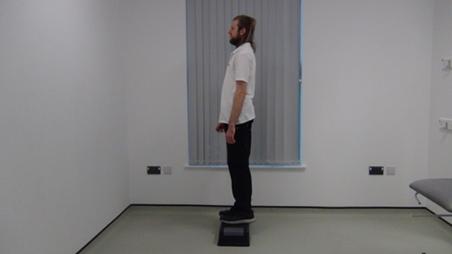
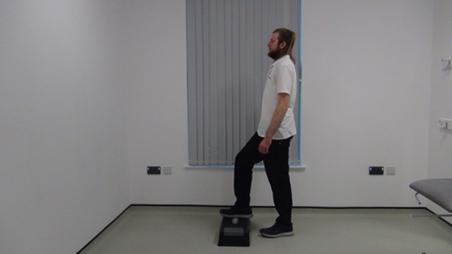
Exercise 6- Heel Raises
- Stand straight holding to a chair for support.
- Tense your calves and slowly raise your heels to stand up onto your toes.
- Slowly lower back down with control.
- Rest and repeat.

